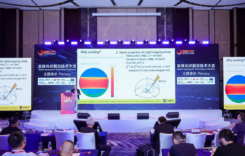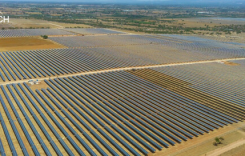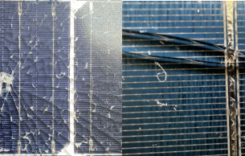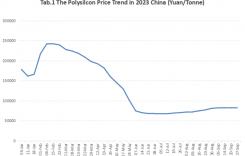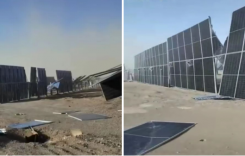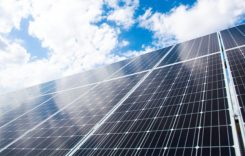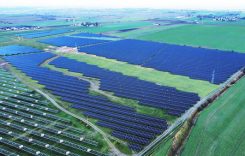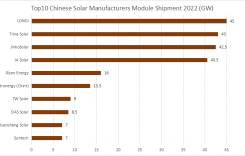PVTIME – The Solar Energy Industries Association (SEIA) and Wood Mackenzie’s Q2 2025 U.S. Solar Market Insight report highlights the unprecedented pressure facing the residential solar sector due to concurrent tariff hikes and tax credit rollbacks. This double blow has led to a decline in installations, which threatens community investment losses, energy supply gaps and increased utility costs for American households.
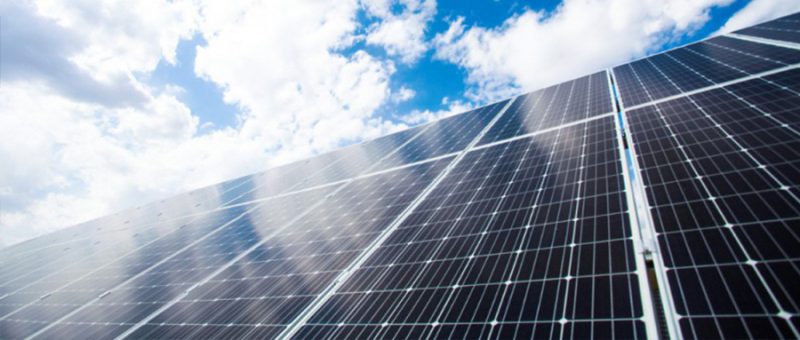
The bankruptcies of Mosaic and Sunnova have sent shockwaves through the industry. Mosaic’s CEO described the filing as a ‘critical step to address financial strains’ amid macroeconomic headwinds and House legislation to repeal residential solar tax credits. In Q1 2025, residential installations dropped to 1.1GW — 13% below Q1 2024 and a five-year low in California — with 22 states reporting capacity declines.
Tariff complexities are a key factor in this decline, with duties of 25% on Canadian and Mexican imports, and a projected 30% on Chinese goods between 2025 and 2026. These measures create economic uncertainty, discouraging consumer investment and disrupting supply chains.
In terms of taxation, the narrow passage (215–214) of the One Big Beautiful Act in the House threatens to abolish the Investment Tax Credit (ITC 25D) by December 2025, which is eight years ahead of schedule. The bill also endangers the 48E credit for third-party systems, with the Solar Energy Industries Association (SEIA) calling it ‘unworkable for solar viability’.
Despite revising its five-year outlook downwards by 9%, the report notes ‘huge long-term potential’ with just 10% market penetration. It projects 9% annual growth from 2025 to 2030, driven by rising retail rates and the need for energy resilience.

Scan the QR code to follow PVTIME official account on Wechat for latest news on PV+ES



